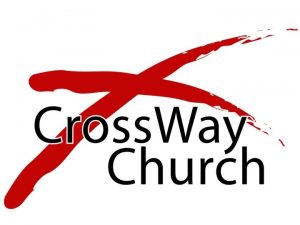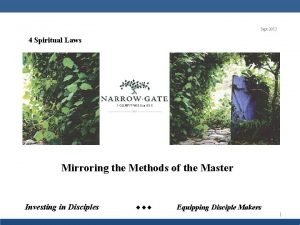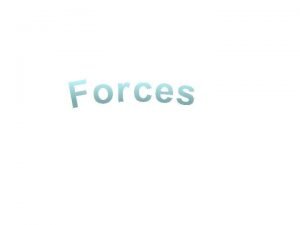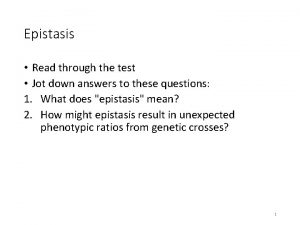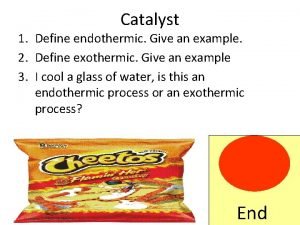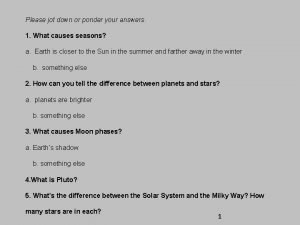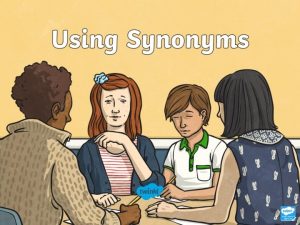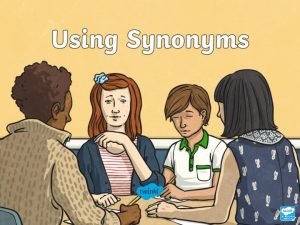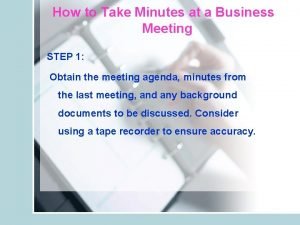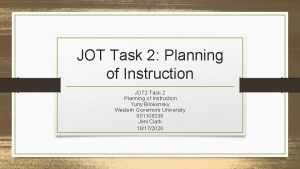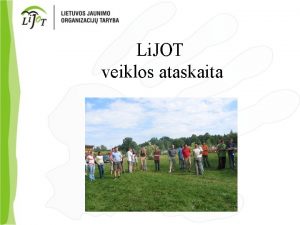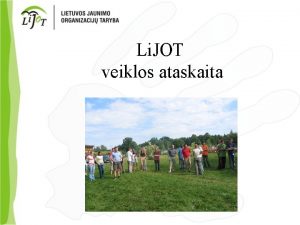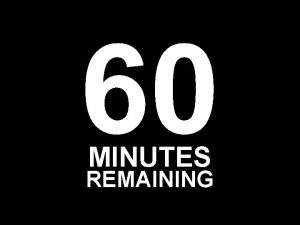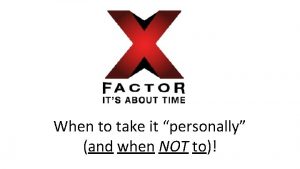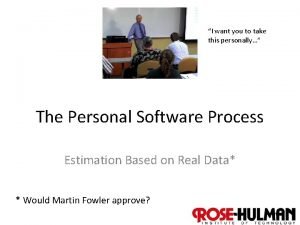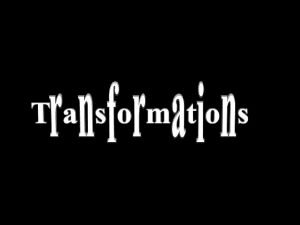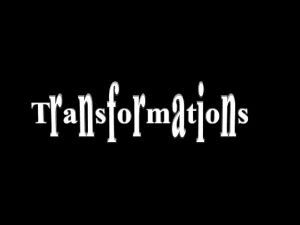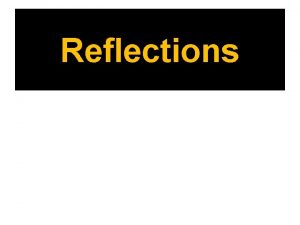Take 2 minutes to personally reflect and jot













- Slides: 13

�Take 2 minutes to personally reflect and jot down what you know/understand about formative assessment and what strategies you use in the classroom. �Spend 4 minutes sharing with a partner or your table group. (Page

Assessment �Serves different purposes at different times: ◦ It may be used to help find out what students already know and can do ◦ It may be used to help students improve their learning ◦ It may be used to let students and parents know how much they have learned within a set time frame.

Assessment must be planned and purposeful. Process for Backward Design (Ministry of Education, 2008) STEP 1 � Identify outcomes to be learned � Curricular outcomes STEP 2 � Determine how the learning will be observed � Curriculum and/or teacher developed indicators STEP 3 � Plan the learning environment and instruction � The children and the teacher are the co-designers STEP 4 � Assess student learning and follow up � Assessment tools from Step 2

Assessment may be used to find out what students already know and can do. • An initial/diagnostic assessment determines an appropriate starting point for instruction. Assessment may be used to collect information that will inform the teacher’s next teaching steps and the student’s next learning steps. (Davies, 2007) • An on-going process used to gather evidence for the purpose of improving learning.

Triangulation of Evidence Products: Projects, reflections, class work, etc. (Anne Davies 2007) Look for trends and patterns over time Conversations: Group discussions, conferences, informal discussions, etc. Observations: Oral presentations, class work, group work, etc.

Involving students in assessment and increasing the amount of descriptive feedback, increases student learning significantly. While all students show gains, students who usually achieve the least show the largest overall gains. Black and Wiliam, 1998

Assessment is a collaborative process that is most effective when: �it involves self, peer, and teacher assessment �it helps students to be reflective learners who take ownership of their own learning Cooper, 2010

What does it look like? �Communicating learning goals/outcomes/ targets to students �Communicating/co-constructing criteria with students �Routinely have students self and peer assess �Oral questioning that includes all students �Providing individual, effective feedback �Working one-on-one or small groups to support students using feedback to improve learning

Seven Strategies of Assessment for Learning (Jan Chappuis, 2009 ) �Framed around three questions for both teachers and students. • Where am I going? • Where am I now? • How can I close the gap?

Where Am I Going? �Strategy 1 Provide students with clearning targets. �Strategy 2 Use examples and models of strong and weak work.

Where Am I Now? q. Strategy 3 Offer regular descriptive feedback q. Strategy 4 Teach students to self-assess and set goals

How Can I Close the Gap? �Strategy 5 ◦ Design lessons to focus on one learning target or aspect of quality at a time. �Strategy 6 ◦ Teach students focused revision. �Strategy 7 ◦ Engage students in self- reflection, and let them keep track of and share their learning.

conclusively that feedback in words, not scores, is the single most powerful strategy we have for improving learning, do we have any choice but to find ways to integrate this practice into our teaching on a regular basis? Damien Cooper, 2007
 60 minutes hour
60 minutes hour Does god know me personally
Does god know me personally How to know god personally four spiritual principles
How to know god personally four spiritual principles Personally identifiable information pii training 1 hour
Personally identifiable information pii training 1 hour Affective play space
Affective play space Jot air balloon
Jot air balloon Jot osp wymagania
Jot osp wymagania Jot down questions
Jot down questions Define endothermic
Define endothermic Please jot down
Please jot down Write down synonym
Write down synonym Jot down synonym
Jot down synonym How to take minutes at a business meeting
How to take minutes at a business meeting 10 minute timer
10 minute timer

